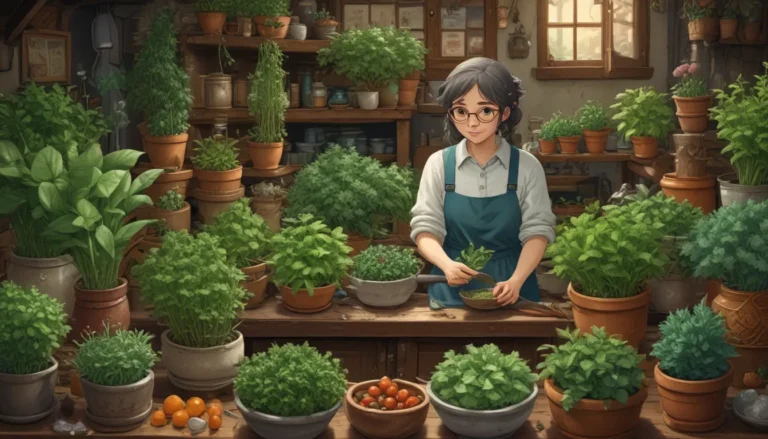Comprehensive Guide: The Art of Watering Roses

If you’re a rose enthusiast like me, you understand the importance of water for your beloved plants. After all, without adequate moisture, those big, bold blooms you so eagerly anticipate won’t come to fruition. In fact, no water means no flowers – it’s as simple as that.
But how do you know when and how to water your roses to ensure optimal growth and health? In this comprehensive guide, we will delve into the nitty-gritty details of watering your roses to help you become a watering wizard. From understanding how much water your roses need to mastering the art of watering, we’ve got you covered. Let’s get started!
Factors Affecting Water Needs
When it comes to watering your roses, there is no one-size-fits-all approach. The amount of water your plants require depends on various factors such as:
- Climate: Is your area prone to frequent rainfall or scorching heat?
- Soil Drainage: Does your soil drain well, or does it tend to hold onto moisture?
- Sunlight Exposure: Are your roses basking in full sun or partial shade?
- Plant Spacing: How far apart are your plants located?
By considering these factors, you can gauge how much water your roses need at any given time. Remember, it’s a bit of trial and error, but once you get the hang of it, you’ll develop a sixth sense for when your plants require watering.
How Much Water Do Roses Need?
Contrary to popular belief, there’s no specific rule for the amount of water roses need. While some may suggest a standard two inches of water per week, this advice may not apply universally.
During the spring, your roses might not need additional watering if there’s sufficient rainfall. However, in drier conditions, it’s crucial to supplement their moisture as they start new growth. In the summer, regular watering is essential to keep your plants hydrated, whereas in fall and winter, you can reduce watering frequency.
To determine if your roses need watering, simply check the soil moisture by sticking a finger into the soil near the plant’s base. If it feels like a well-wrung-out sponge, you’ve hit the sweet spot. On the other hand, if it’s bone dry or overly soggy, adjust your watering accordingly.
When to Water
The ideal time to water your roses is in the morning. By doing so, any water droplets on the foliage can dry out throughout the day, reducing the risk of fungal diseases. Avoid watering on overcast days or when rain is in the forecast.
Instead of daily watering, aim for infrequent but deep watering sessions. Shallow watering can lead to the development of shallow roots, making your plants more susceptible to environmental stresses.
How to Water Roses
When watering your roses, direct the water stream next to the plant’s base to target the roots while avoiding splashing the leaves or stems. Splashing water on the foliage can invite fungal diseases, compromising your plant’s health.
For novice gardeners, using a watering can allows for precise control over moisture levels. However, if you prefer using a garden hose, be mindful of checking soil moisture while watering.
While drip irrigation and sprinklers can be used, ensure they provide deep, slow watering to benefit your plants. Opt for a gentle stream or consider using a breaker nozzle to avoid splashing and ensure efficient watering.
Special Considerations
- Newly Planted Roses: Newly planted roses require extra moisture during their first year to establish themselves.
- Fast-Draining Soil: Plants in sandy soil or containers may dry out quickly and require more frequent watering.
- Climbers: Climbing roses near heat-reflecting walls need additional water during hot spells.
- Mulching: Adding a layer of mulch around your plants helps retain moisture and protects the soil.
By incorporating these special considerations into your watering routine, you can ensure your roses thrive and bloom beautifully.
Conclusion
Congratulations! You’ve now become a watering wizard when it comes to caring for your roses. By mastering the art of watering and understanding your plants’ needs, you can enjoy a garden full of vibrant, healthy blooms.
What types of roses do you grow, and how do you adapt your watering routine to suit your environment? Share your experiences and tips in the comments below. Remember, proper watering is key to a flourishing rose garden.
For more expert insights and guides on rose cultivation, consider exploring topics like deadheading, winterizing, pruning, and treating common rose diseases.
Happy gardening, and may your roses bloom beautifully!





